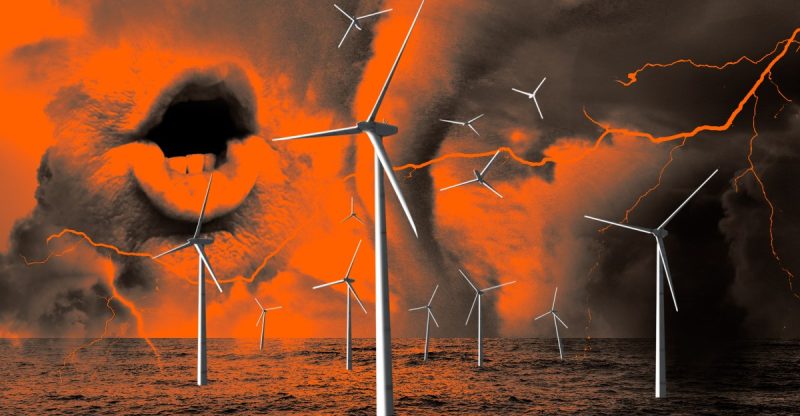
The offshore wind industry, once brimming with potential and investment, found itself unexpectedly tossed into turbulent waters during the Trump administration. Promises of a clean energy revolution, backed by billions in projected investment, were suddenly threatened by a series of policy shifts and regulatory hurdles. The impact was significant, jeopardizing not only the nascent industry’s growth but also the nation’s climate goals.
The administration’s actions weren’t subtle. From outright hostility towards renewable energy initiatives to deliberate delays in permitting processes, the Trump administration systematically created roadblocks for offshore wind projects. This wasn’t merely bureaucratic inefficiency; it was a targeted effort to stifle an industry seen as incompatible with the administration’s energy priorities. The consequences were far-reaching, putting tens of billions of dollars of investment at risk and delaying crucial projects that were already in advanced stages of development.
Developers, who had meticulously planned and secured funding for large-scale projects, were forced to navigate a shifting regulatory landscape, facing unpredictable delays and increased costs. The uncertainty created a chilling effect, making it harder to attract further investment and potentially driving some projects to be abandoned altogether. This had ripple effects throughout the supply chain, impacting manufacturers, contractors, and the many communities that had anticipated economic benefits from these projects.
The long-term implications of these actions are still unfolding. While the Biden administration has since signaled a renewed commitment to offshore wind, the damage inflicted during the previous administration cannot be easily undone. The delays caused by the Trump administration’s policies will likely have a lasting impact on the timeline for achieving the nation’s renewable energy targets. It serves as a stark reminder of the fragility of long-term energy planning and the profound impact a single administration can have on the trajectory of a burgeoning industry.
The offshore wind industry’s journey is a cautionary tale. It highlights the importance of stable and predictable policies to encourage investment in renewable energy, and the critical need for political consensus on long-term energy strategies that transcend partisan divides. The potential for offshore wind to contribute to a cleaner energy future remains immense, but its realization depends on sustained political support and a commitment to overcoming bureaucratic hurdles and political headwinds.










